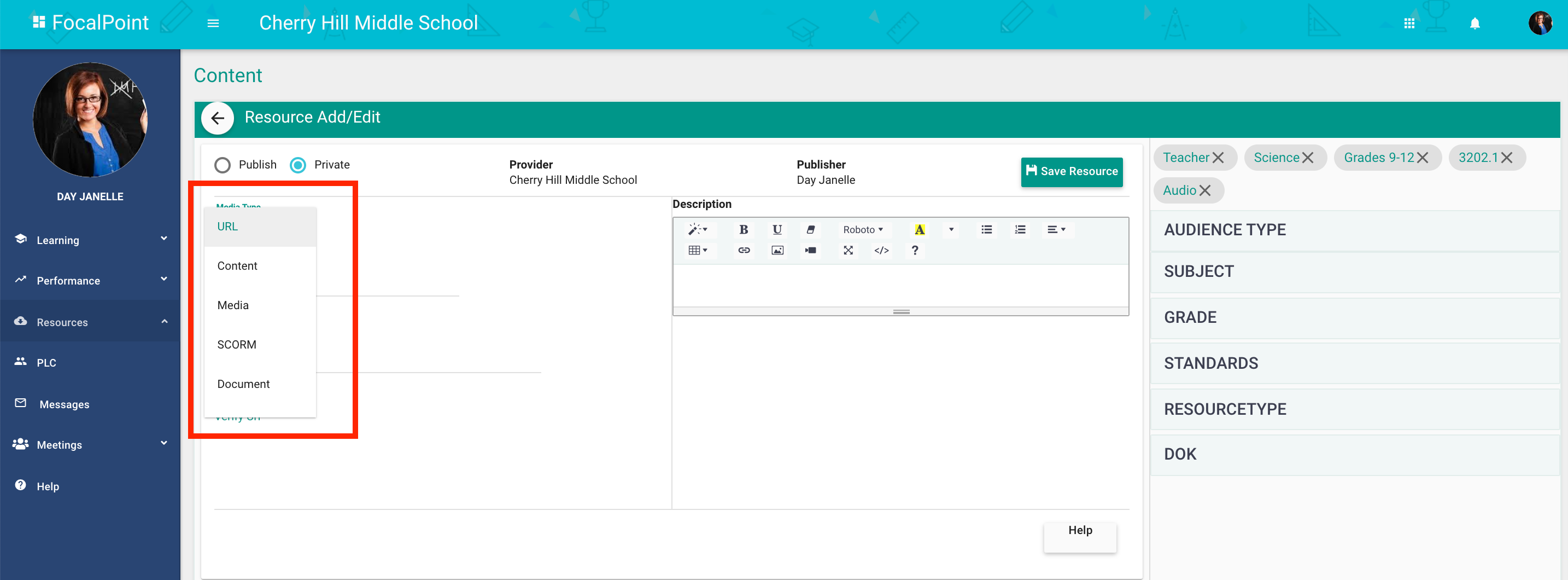

Measure the angle between the reflected ray and the normal. Using your protractor, line up the reflected ray’s marks, and draw a straight line that intersects the “mirror” line. Turn the laser pointer off when you are done.ġ0. Do not disturb the laser pointer’s position. Mark the reflected laser ray in several places (at least 3) along the laser’s reflected beam.

Line, and clearly shows a reflected beam on the other side of the normal line.ĩ. Make sure that the laser beam follows the “incident” Make sure to bring the flour or chalk or talcum powder. If you need help seeing the laser beam, use flour and chalk erasers. Use the binder clip to maintain the laser pointer in the ON position. Never look directly at the laser beam or allow it to shine in someone's eyes. Place the flat mirror so the front of the mirror is on the “mirror” line.Ĩ. What do you think will happen when the laser’s incident ray strikes the mirror? Draw a dotted line to represent your “hypothesis ray”.ħ. Write the angle measurement on your graph paper.Ħ. Using the protractor, measure the angle between the “incident ray” and the “normal”. You may choose an angle between 20 and 50 degrees from the normal. Using the protractor and pencil, draw an incoming angle to your “reflection point”.

Using your pen and protractor, draw the normal line. Mark a central point on the line where the graph paper’s grid intersects your line, and label it “reflection point”.ģ. Using a pen, draw a straight line on your graph paper. Ask groups begin working on the simulation together.ġ. Pass out Flat mirror simulation worksheet (per student), one flat mirror (per group, 1 sheet of graph paper (per group), protractor and ruler(per group) flour and chalk eraser. Now we will get into groups to explore what is happening to the light/images in greater detail. So the laser is like the image of you shining into the mirror. Where could someone else stand to see the image of you? If you were standing where the laser pointer was…. Now what is different about light shining into a mirror? Make sure every student realizes thatyou can look into a mirror and see reflections, but not see yourself. Teacher will make sure that no student is dominatingthe discussion and that everyone is paying attention to the demonstration. I could not see myself but I could see the other person.bathroom mirror, rear view mirror, side mirror on car.The teacher will talk with the students about their observations.Ask the students what they notice while looking into the mirror?.(Place the students in the angle in front of a mirror in which they can see each other and not see themselves.) What happens if you weren’t standing directly in front of the mirror?.Where do you stand to look at yourself in the mirror?.What mirrors have you encountered today?.
#FOCALPOINT K12 SERIES#

(A) planand implement investigative procedures including asking questions, formulatingtestable hypotheses, and selecting equipment and technology The student uses scientific methods during field and laboratoryinvestigations. Bend-La Pine Schools does not discriminate on the basis of sex, race, color, creed, religion, national origin, age, disability, marital status, sexual orientation, gender identity or expression, veteran or military status, or any other status protected by law, in any of its programs and activities and provides equal access to the designated youth organizations in the Boy Scouts of America Equal Access Act.Stephen Alwon, LisaFefferman, Nicole Williams


 0 kommentar(er)
0 kommentar(er)
